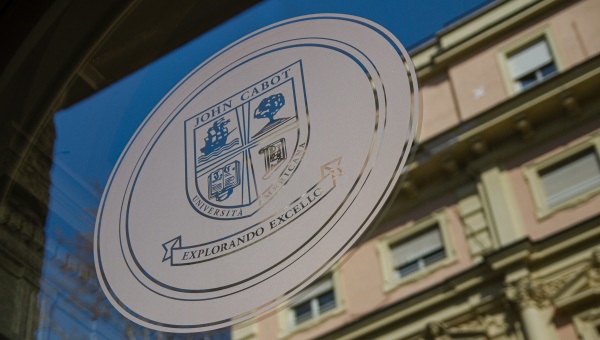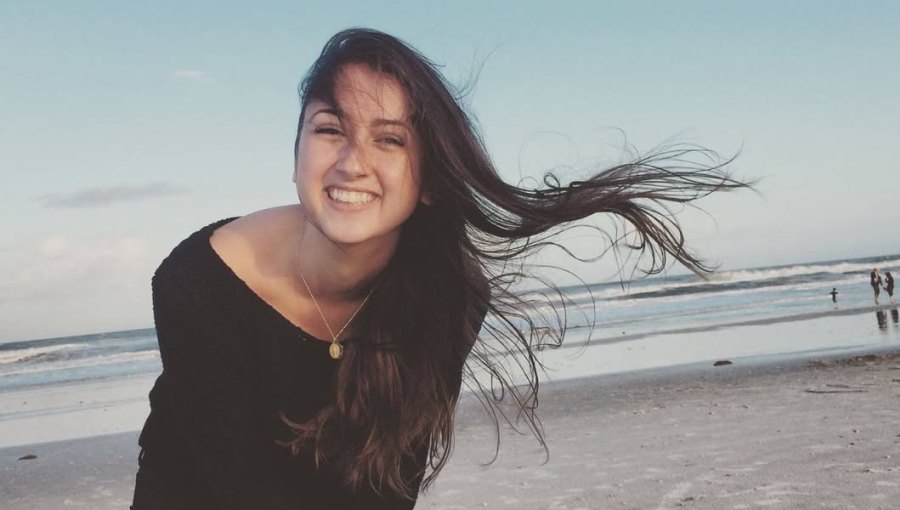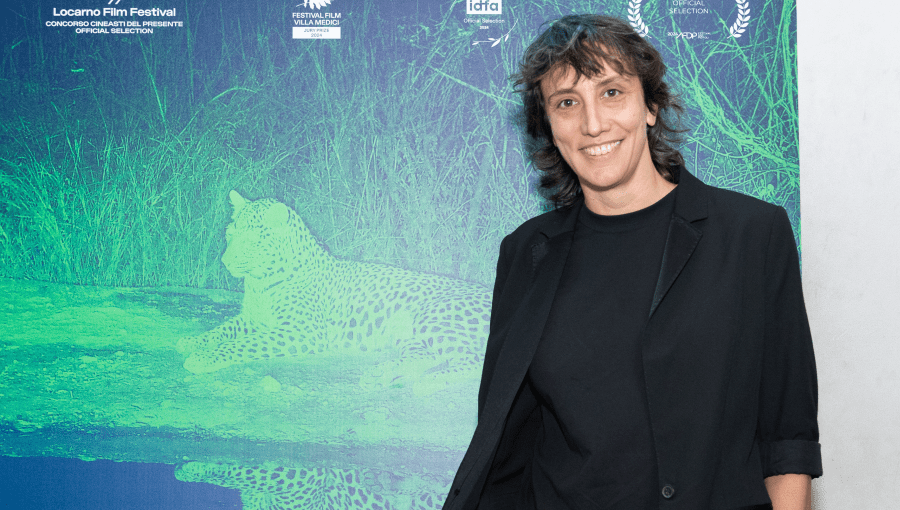Art All Around Us: Meet Art History Professor Cornelia Lauf
Professor Cornelia Lauf is an art historian and curator who teaches in JCU’s Master of Arts program in Art History. Born in 1961 in Freiburg, Germany, her family emigrated to the United States in 1965, first to Detroit, Michigan, then Durham, North Carolina. She received a B.A. in Art History from Oberlin College and earned a Ph.D. in the field at Columbia University. She has organized and curated exhibitions throughout the USA and in Europe. She began her career at the Guggenheim Museum, served as Editor-in-Chief of Imschoot, Uitgevers, in Belgium, co-founded Three Star Books in Paris, and has produced numerous books and editions with contemporary artists. She is the art director of Agricola Due Leoni, an organic olive oil venture located in the Sabine hills north of Rome.

Cornelia Lauf
What brought you to JCU?
I taught a course on contemporary art many years ago at the request of Art History Professor Carolyn Smyth. Then I taught in Venice at the IUAV for a decade and about four years ago I rejoined the JCU faculty at the invitation of Professor Lila Yawn, Director of the Art History M.A. program.
What are some of the advantages that JCU’s M.A. in Art History provides to students?
Rome. A short and concise introduction to the history of art, with the city as the classroom. Access to artisans. The vicinity of the countryside, and the ability to see the ancient life of Virgil and Horace, still ongoing now. Farm to table is historically redolent here in a way that is of timeless fascination and ever greater importance in this time.
You teach students in the Professional Experience component of JCU’s MA in Art History. How does this experience work and how does it benefit students?
The general Professional Experience project created by Prof. Yawn is fundamental to the program, as my colleagues and I try to find applications for the student’s intrinsic interests, whether that is in art crime documentation, museum or gallery work, archival research, the study of material culture, or even a future in managing heritage accommodations. Art can infiltrate all aspects of society today, and I teach students how to apply vanguard approaches in contemporary visual culture to the most disparate of vocational dreams.
I like to think that the humanities are a form of business no less important or cutthroat than what people take away, say, from an MBA. At the same time, art is poetry and equally peopled by figures who plow away for decades on activities that seem without apparent purpose, monetary value, or social significance. Both aspects are of equal importance in art, which knows nothing of money in the end, as it is philosophy in a concrete form. I work with and love both sides of the spectrum and look for what I think is beauty, in any shape or material. Art is a tool and a weapon. Literally. Two years ago, in a multi-university project spanning archaeology and contemporary art, my students discerned that Bronze Age fishhooks or cloth pins crafted in an aesthetically convincing manner meant better sales, and thus survival, to the artisan maker. Italy is a perfect crucible to discover how art and style have been used historically to beat the competition. And being one step ahead of the game, being able to see graphic design tendencies or marketing techniques as invented by artists, is eagerly studied by the students, who then apply these strategies themselves.
What is your teaching philosophy?
I feel like I am teaching people to see things in a contemporary way, and thus helping them acquire tools to impact their own time.
What have been some of the most challenging exhibitions that you have curated?
Challenges have included writing about art in places where art is censored, and artists are at risk, or curating projects in widely varying international governmental or institutional structures. I have led executives to participate in projects that they initially deemed outlandish and confrontational, inspired community art projects in countries such as Kenya, Zimbabwe, and India, in regions such as Tuscany and Sicily. I’ve procured pink terrycloth in Poland and provided it to the Polish National Army to swaddle a Russian tank in a piece conceived by Austrian artist Markus Geiger and arranged the 50th birthday party of performance artist Marina Abramovic in my own home, including the presentation of a Belgian museum director, as the naked “cake” that was served to the crowd. I curated an exhibition with Austrian artist Heimo Zobernig at Santa Maria della Scala, in Siena, and the Assessore della Cultura (a rather famous semiotician) placed his briefcase on the work (a woodblock printed poster) and asked where the art was – in front of Siena’s mayor. I’ve worked pro bono in places where budgets are slim (such as the Ministry of Culture, Romania, currently), but found this far less frustrating than when I designed curatorial projects to create high monetary value, and then, in some cases, the accords did not go as planned. It is all interesting life experience though, and I wake up every day loving my vocation, which still feels light as a feather some 40 years in. I admire people who dedicate their lives to culture, anywhere, and in any field.
How do you connect art to a product like olive oil, as you do as art director at Agricola Due Leoni?
As a curator formed in New York City in the 1980s, I was involved with the artists and art directors who founded MTV, designed for Swatch, Absolut, and Illy coffee. Fiorucci was a temple, a haven for art and fashion. I knew Andy Warhol a tiny bit and what he did for Apple and Chanel, though it was highly criticized at the time. Keith Haring and Jenny Holzer were students of my first husband, Joseph Kosuth, a very great artist himself. I followed the work of street artists from the get-go, from the subway to Keith Haring’s Pop Shop. I saw the birth of art merchandising, and publishing artists’ books was an outgrowth of the market for multiples and editions. Connecting art to a product like olive oil is not a new idea – perhaps what makes it specific is my particular sense of humor in choosing artists. However, the idea of art should include the gorgeous terroir of Lazio, and the immense savoir-faire of my farming husband, Giuseppe.
What are your upcoming projects?
An olive oil edition with the designer of Justin Bieber, Gianpiero D’Alessandro. A project between archaeology and contemporary art, between government, university, and private sponsors, involving an ancient Roman garden and villa. A book on Argentinean textile artist Alexandra Kehayoglou, being produced between Argentina, Athens, Ghent, and Rome. A project about Barbara Egan, artist, editor, and muse who was an important art director at Warhol’s Factory, in the career of Jean-Michel Basquiat, and in the downtown New York art world of the 70s through the 90s. I’m working on historical brand management for a variety of clients, including in the field of heritage accommodations. And on an exhibition with the aforementioned Ministry of Culture, Romania, at the National Peasant Museum, through a project with artist Iulia Ghita. Finally, I have to create a launch in Los Angeles for the release of a unique textile project with American artist KAWS, produced by Christopher Farr and co-curated with Paris Murray Celant.
Is there anything else you would like to add?
You can find art in any field you want to look for it!





